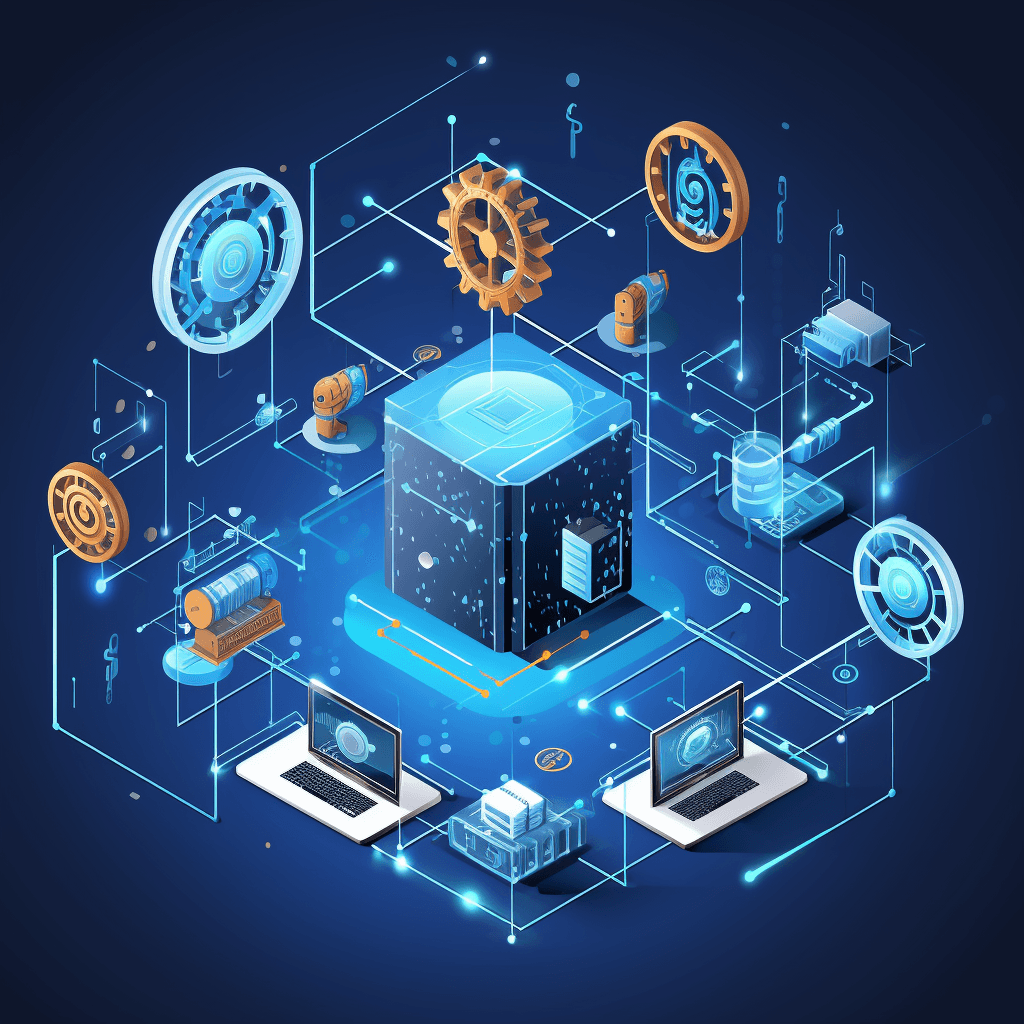As we approach 2024, digital transformation continues to be a cornerstone of modern business strategy, impacting virtually every industry. The acceleration of technological adoption driven by competitive pressures and customer demand has made digital innovation essential for companies aiming to stay relevant in today’s rapidly evolving market. This article explores key trends that will dominate digital transformation in 2024 and how they will shape business operations, customer interactions, and overall organizational growth.
1. Artificial Intelligence and Machine Learning: The Power of Data
Artificial Intelligence (AI) and Machine Learning (ML) are not just buzzwords—they are driving the next phase of digital transformation by enabling businesses to process massive datasets efficiently and make real-time decisions. These technologies allow for predictive analytics, automating complex tasks, and improving customer interactions.
-
Generative AI: A trend that continues to gain traction in 2024 is the use of generative AI, particularly in content creation and customer service. For instance, chatbots powered by AI can handle customer queries more effectively, freeing up human employees to focus on higher-level tasks.
-
Predictive Analytics and Decision-Making: AI and ML also support businesses in optimizing supply chains and predicting consumer behavior. Retailers, for example, use AI to forecast demand and tailor inventory management accordingly, ensuring higher efficiency and customer satisfaction.
-
Real-World Applications: In healthcare, AI-driven diagnostics are reducing errors, while in finance, AI is used for fraud detection. These technologies also enable personalized marketing strategies, allowing businesses to create better customer experiences by understanding individual preferences.
2. Automation and Robotic Process Automation (RPA): Efficiency Gains
Automation remains a pivotal element in digital transformation strategies, with Robotic Process Automation (RPA) streamlining repetitive and mundane tasks across sectors. In 2024, organizations are expected to further integrate automation to improve both internal processes and customer-facing operations.
-
RPA in Customer Service: Automated systems can now handle most routine customer inquiries, such as order status updates or basic troubleshooting, without human intervention. This leads to faster response times and frees human agents for more complex tasks.
-
Business Process Automation: In sectors like finance, automation is simplifying tasks like invoice processing and payroll management, ensuring accuracy and speed. Manufacturers are also integrating automation to improve assembly lines and logistics.
-
Automation Across Sectors: In industries like e-commerce, RPA is used for tasks such as order management and inventory control. In healthcare, administrative processes like patient registration and claims processing are increasingly automated.
3. Cloud Computing and Hybrid Solutions: Scalable, Secure, and Cost-Effective
Cloud computing continues to evolve, and in 2024, we will see further adoption of hybrid cloud models that offer a mix of public and private cloud services. Companies are leveraging the cloud for scalability, security, and cost-efficiency.
-
Public, Private, and Hybrid Cloud: A hybrid approach allows businesses to keep sensitive data in private clouds while using public clouds for scalability and less critical workloads. This strategy optimizes both costs and security, making it ideal for sectors like finance and healthcare, where compliance with regulations is critical.
-
Cost Efficiency and Flexibility: Companies no longer need to invest heavily in physical infrastructure, as cloud service providers manage uptime and security. Cloud platforms also offer the flexibility to scale up or down depending on demand, an invaluable asset for businesses facing seasonal fluctuations.
-
Disaster Recovery: Another key benefit of cloud computing is disaster recovery. Cloud-based solutions offer rapid recovery options for data and applications, ensuring business continuity during unforeseen events like cyber-attacks or natural disasters.
4. Edge Computing and IoT: Real-Time Processing at the Source
In 2024, edge computing and the Internet of Things (IoT) will further solidify their roles in digital transformation. These technologies allow data to be processed closer to the source, reducing latency and enabling real-time decision-making.
-
Smart Cities and Autonomous Vehicles: Edge computing is critical in applications like smart city infrastructure and autonomous vehicles. Processing data locally enables real-time responses to traffic patterns or environmental conditions, enhancing efficiency and safety.
-
IoT in Healthcare and Manufacturing: In healthcare, wearable devices equipped with IoT sensors allow for remote patient monitoring, improving care delivery. In manufacturing, IoT sensors enable predictive maintenance, reducing downtime and increasing operational efficiency.
5. Cybersecurity: Protecting Digital Transformation
As more services move online, cybersecurity is becoming a top priority for organizations. The “shift-left” movement, where security is integrated into the early stages of software development, will become more common in 2024
-
AI-Driven Threat Detection: AI is also playing a role in cybersecurity, detecting and responding to threats faster than human teams can. Machine learning algorithms analyze patterns in network traffic to identify anomalies, enabling proactive threat mitigation.
-
Zero Trust Architecture: Organizations are increasingly adopting a Zero Trust model, where every user and device attempting to access a network must be authenticated and verified, even if they are within the corporate firewall.
6. Sustainability in Digital Transformation
Sustainability is no longer an afterthought but a core consideration in digital transformation strategies for 2024. Companies are focusing on eco-friendly technologies, such as green data centers that use renewable energy and optimize cooling systems
-
Green Data Centers: As data generation continues to skyrocket, businesses are investing in energy-efficient data centers that reduce their carbon footprint.
-
IoT and Smart Energy Solutions: IoT devices help organizations monitor energy usage, reducing waste and improving sustainability efforts.
Share this article:
